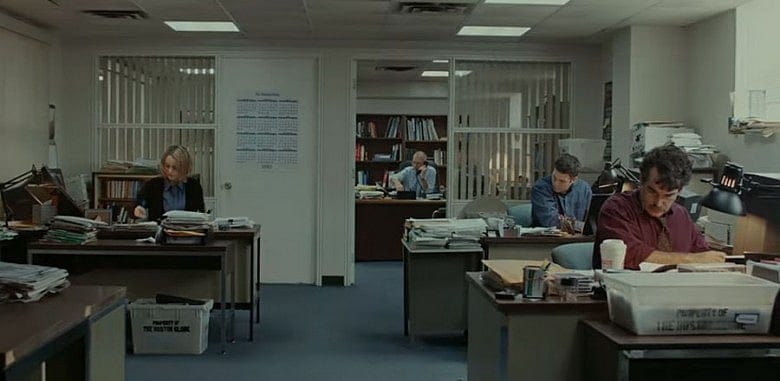Spotlight on the Boston Globe

It has all the makings of a Hollywood blockbuster: Big stars. Big budget Hollywood advertising push. Dark, salacious story line. But the new movie, "Spotlight," which chronicles the Globe's revelations of the sexual abuse of children by some Catholic clergy, is also bound to be filled with distortions.
The movie is not due in theaters until November, and, ordinarily, we would not consider it a good idea to write a review without having first seen the film. But, having watched the trailers and lived through the events of 2002, we're pretty sure we know where this movie is going.

